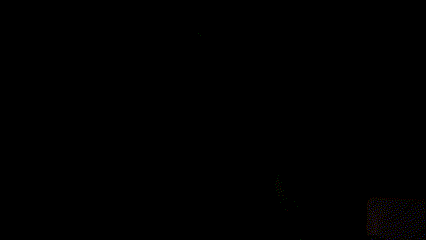
Producer ||April 2024-Present || 8 Months || Team Size: 12
Producer
-
Managed multiple disciplines across the project.
-
Organized weekly meetings between all discipline leads.
-
Created avenues for simple and effective communication.
-
Ran QA testing and analysis.
-
Employed project management software to keep members on track.
-
Scope Management
Prototype Phase
Kick Off
FreakShow was initially developed by 6 team members. This prototype lasted 3 weeks and showcased the main keystone elements of our game. My main role for the prototype was producer and system programmer. During this time, I kept up and enforced a burn down chart that included all the tasks each member had for the sprint. This spreadsheet also included elements such as scope management, total time for a task, the amount of time left for a task, and the priority of a feature. The spreadsheet also showcased visual graphs and a space for each member to write down their scrum for the day.

Half way point
At this point in the project the game was in constant change as we were constantly iterating. FreakShow (which was originally named Graybird), was finding its identity. We utilized a shared google drive to make sure each discipline knew exactly what was going on. We had a detailed master document that housed individual documents for each discipline to keep everyone informed.
Many times during this sprint we implemented new ideas, just to cut them days later as they did not fully fit the vision of the game. It was critical as a team we all kept updated and we did that with our daily scrums and project overviews.
End of Prototyping
At the end of the sprint we created a core product the team was proud of. With features such as spatial audio, intelligent AI, and a detailed map the game was in a good spot. We created a successful prototype and were eventually green lit to move onto the production phase.


With this news, we were given three new members alongside 7 more months of development time. I worked with the team to create a macro chart that included potential zones, enemies, and features we wanted to include into the game. One of the biggest features was audience participation. This would be the teams main goal moving forward.
Production Phase
Once the production phase started we onboarded 5 new members. Most of these members were programmers, which opened up lots of avenues for more advanced mechanics for our game. With that being said, the projects scope did widen a lot. We encountered many problems over the 7 months. These problems are something I'd like to go into detail about. They show what the team faced, and what I as producer was able to do to mitigate those problems.
Challenges
Team Structure and Dynamic
During the course of the project, our team encountered challenges regarding the clarity of each member's responsibilities. The communication channels were not as effective as necessary, and that hindered our team's progress. Members were often confused on which programmer worked on what system or which artist was working on what asset. While the burn down chart was nice, we needed to have more separation and clarity in our task management. In response to this, we switched over to Trello which greatly helped the team stay organized.


The team also felt like they needed a more centralized way of getting information from specific disciplines. In response to this, I gathered all the members and addressed the issue as a team. Together, we established a more structured team framework, which included appointing specific leads whom team members could approach with questions. Additionally, we clearly defined the roles and responsibilities for each individual, ensuring that all members understood their tasks and contributions to the project. This organizational restructuring facilitated more efficient communication and created a streamlined process for asking questions about the project.
Monster AI
During the development of the game the state of the monster AIs were struggling. It was not up to the standard it should have been and we needed to nail down exactly what we need. In response to this issue, we cut the scope of the project and limited down the number of enemy AIs to 4. With this in mind, we really focused on getting these 4 enemies as polished as possible.


Artistic Vision
As we developed the game we realized that the game needed to have more personality. The initial theme we wanted was very time consuming and we needed to find a solution to cut down on time for artists. We needed an effect that allowed artists to create more assets in less time. Eventually we landed on a psx shader that makes the game feel more retro. The effect blurred much of the textures which allowed artists to invest less time in detail, and more time into asset production. This really tied in the creative vision for the game and kept artists more confident and efficient in their work.
What I learned
-
Establish a clear team structure early into the design process.
-
Failure is a success. Knowing that an idea is not worth pursuing in a reasonable time is a success.
-
Scope around one central mechanic and playtest it as much as you can.
-
Analyzing QA feedback is critical in making the best user experience.
